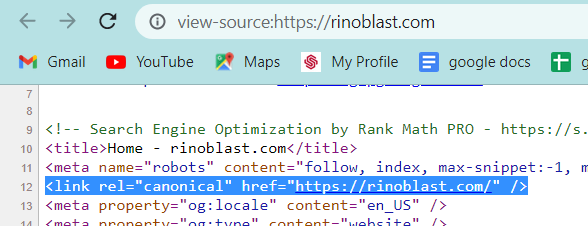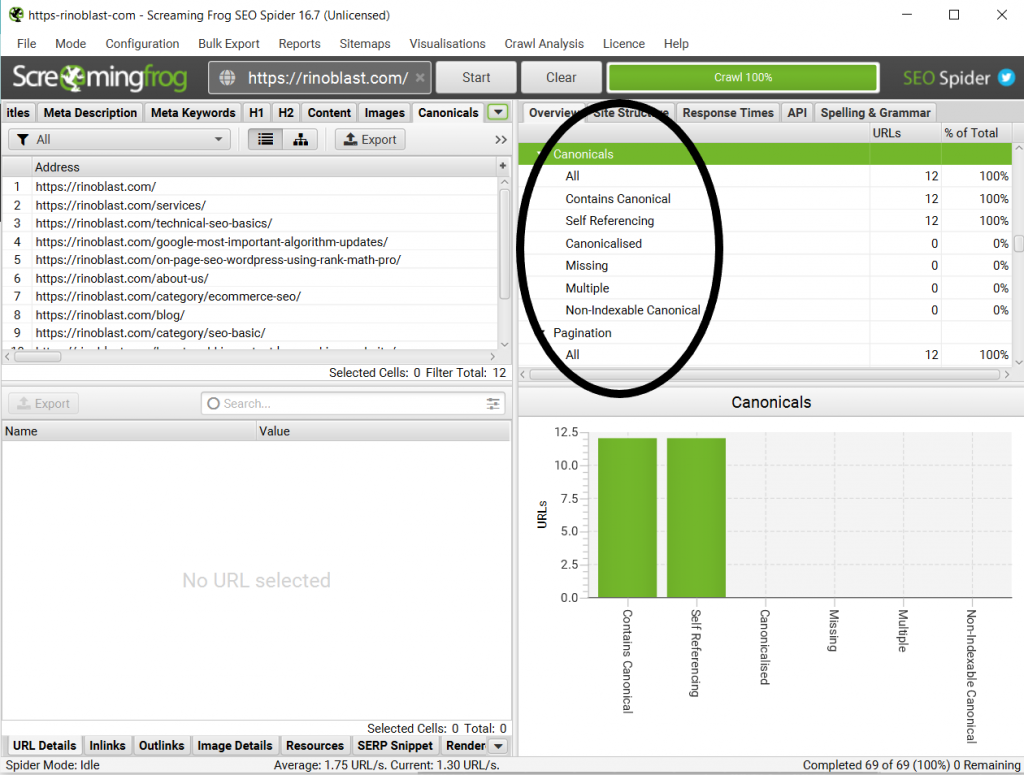Most of the websites out there in the internet have duplicate content and search engines select only one page out of the multiple similar content pages. The selection is based on multiple factors like security factor(http or https), sitemap, page quality, etc. The most valuable page marked as the canonical page which will be crawled regularly and others will be considered as the duplicate and will not be crawled by the search engine spider to save the crawling time.
So, why do websites need to have duplicate content, what will create canonical issues in the website and how to solve canonical issues for better seo practices.
What is canonical issue? How is it different from canonical tag?
Canonical issue is basically more than one url which is referring to the same piece of content. As a result of which create duplicate content issues which is bad for seo.
Canonical tag is the small piece of html code which differentiate between the main page, duplicate page or similar page. And hence help the search engine spider which one to index. In simple, which page the site owner wants to be indexed by the search engine crawler.
Here is a sample code for canonical tag

Why do some websites need to have duplicate content?
You might not know your site has duplicate content even if you don’t create one. This will causes canonical issue which is bad in terms of seo.
Here are some points on how your site might have created duplicate content without your knowledge.
- The number one reason is having the web pages compatible with different devices. After mobile friendly became one of the ranking factors most of the website owner’s are focusing on building websites which can be supportable to different devices which leads to creating different urls.
- Search engine crawlers crawl the url not the webpages. The crawler considers the dynamic url different from static url even though they are the same web page. This condition is known as parameterized url which generally appears in ecommerce sites.
- If you are using certain cms like wordpress then there is a chance that wordpress automatically creates copies of the same post as tags.
- Due to some issue the server might serve the same piece of content for different variants. Like https/http or www/non-www.
- Content syndication is one of the methods that most site owners do to optimize the off page seo. But sometimes it also results in duplicate content issues.
- Most of the news/media pages use AMP to make it mobile friendly but it results in a canonical issue.
Why should one use a canonical tag?
Do you want to buy the same book twice? Absolutely not, so the search engine crawler doesn’t want to crawl the same page more than once. If you use the canonical tag it will save the crawl budget of search engine spider and index other important pages.
This also helps the crawler to understand which page you want to show to the user.
Best practices for canonical tag
While tacking with duplicate pages you might be facing some difficulties but you can use these steps as a reference.
Use self referential canonical tag
Self referring means to itself i.e. canonical tag would point to itself.
Example if a website has url
https://domainname.com/somepage/ then its self referential canonical tag will be
rel=”canonical” href=”https://domainname.com/somepage/”
Use absolute url instead of relative url
It is recommended to use absolute url (with domain name) instead of relative url (which has only slug).
Use canonical tag while paginating
Use rel=”next page” and rel=” previous page”, if it is a paginating website which most ecommerce websites are.
Use canonical tag on home page
Most of the website owners will refer to your home page which might cause duplicate come page issues. The best way to tackle that is to put a canonical tag on the home page.
Best example of self referential canonical tag.

Common mistakes while using the canonical tag
Using robots.txt to block the url
Robots.txt is a guide which tells crawlers which url to crawl and which one to not. Thus it will prevent the transfer of link juice from non-canonical to canonical.
Is canonical tag and 301 redirect is the same
Most people get confused about the canonical tag and 301 redirect. There is a huge difference between them.
Canonical tag will tell the search engine “A’ page is a duplicate of ‘B’. But will not stop users from accessing both pages.
But if you are looking to do permanent redirection then use 301. Here when a user enters the url ‘A’ it will automatically redirect to url ‘B’.
Using 404 status for canonical url
If you are using 404 status to a non canonical page then you aren’t able to pass the link juice to the canonical page. It will act like noindex tag.
Not using canonical tag in hreflang
Hreflang is a language used to say crawler to target this specific area, location or geography. Then you should use the same hreflang for use canonical pages.
Using canonical tag multiple times
Implementing rel=canonical multiple times will make the search engine crawler to ignore. It happens if you are using the cms like wordpress.
Using canonical tag in the body section
Canonical tag is meant to be used in the header section of the html code. If used in other sections like footer or body then it can easily be ignored by search engine crawlers.
How to check canonical issue
The best method is to check manually by observing the source code of the website. Simply type ctrl+u and find rel=”canonical” in the search bar if present its good to go if not implement one.
Also you can detect the canonical issue by using certain tools like screaming frog.

How to solve canonical issue in seo
Canonical tag issue is are of many types here are few given below
404 error
Replace 404 error with 200 link.
5xx error
Check the server configurations, it might be rectified after a while or replace the error url with a working url.
Http to https
Use 301 redirect from http to https.
Conclusion
Canonical issues might be a bit tricky and confusing. And the issue can be caused due to many problems. For more information comment below.